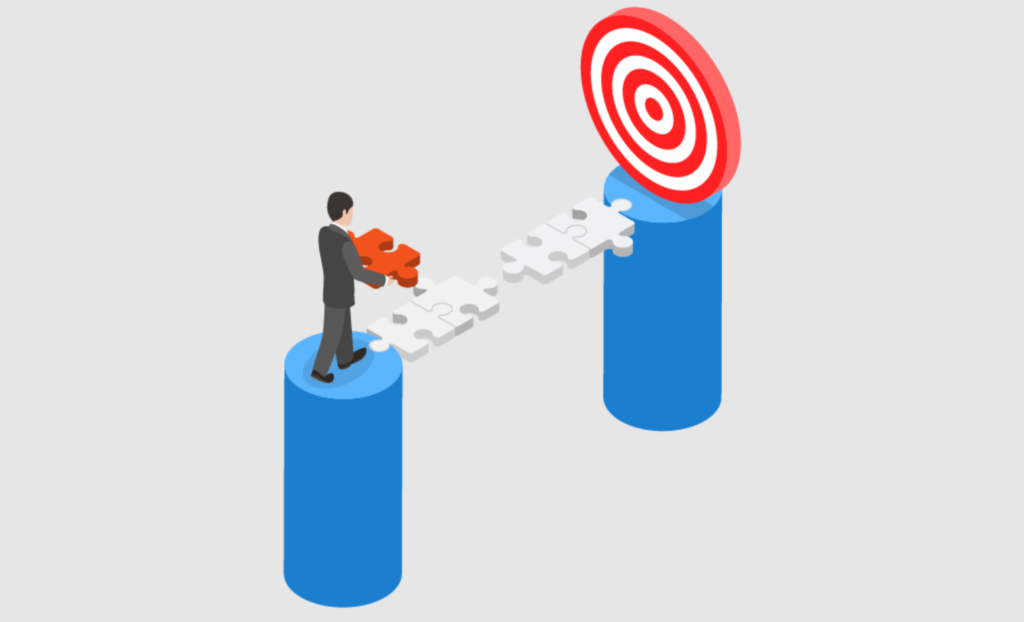In today’s competitive market landscape, understanding the pulse of your customers is not just beneficial—it’s crucial. One of the most effective tools for gauging this is the Net Promoter Score (NPS). This score helps businesses determine the likelihood that a customer will recommend their services or products to others. Simplified and highly predictive, NPS offers valuable insights into customer loyalty and satisfaction, which are integral to business growth.
What is Net Promoter Score (NPS)?
At its core, NPS measures customer experience and predicts business growth through one simple question: “How likely is it that you would recommend our company/product/service to a friend or colleague?” Depending on their responses, customers are classified as Promoters, Passives, or Detractors. This classification helps businesses understand the customer’s loyalty and enthusiasm towards their brand.
Promoters (Score: 9-10)
Promoters are enthusiastic and loyal customers who are highly likely to recommend your company to others. They score either 9 or 10 on a scale of 0 to 10, indicating strong satisfaction and loyalty. Key characteristics of Promoters include:
- High Satisfaction: They are satisfied with your products or services and have had positive experiences that meet or exceed their expectations.
- Repeat Customers: Promoters are more likely to be repeat buyers, and they often contribute to a significant portion of a company’s revenue.
- Advocacy: They actively promote the company through word-of-mouth, which is one of the most effective forms of marketing. This group helps in acquiring new customers at lower costs since their endorsements act as personal recommendations.
Passives (Score: 7-8)
Passives are satisfied with your service or product but not enough to be considered enthusiastic. They score 7 or 8 on the NPS scale, which indicates moderate satisfaction. While they might not spread negative word-of-mouth, their loyalty isn’t assured. Characteristics of Passives include:
- Indifference: They don’t have strong feelings of loyalty and could be easily swayed by competing offers.
- Lack of Enthusiasm: While generally satisfied, they are not as enthusiastic about your products or services as Promoters and are less likely to engage in positive word-of-mouth.
- At Risk: If not nurtured properly, Passives could either remain indifferent or turn into Detractors if their expectations begin to dip further.
Detractors (Score: 0-6)
Detractors are unsatisfied customers who can damage your brand and impede growth through negative word-of-mouth. They score between 0 and 6 on the NPS scale. Detractors are likely to have had negative experiences with your company and could potentially deter new customers. Characteristics of Detractors include:
- Dissatisfaction: They are unhappy with the products or services received and feel that their expectations have not been met.
- Negative Word-of-Mouth: Detractors may actively dissuade others from choosing your company by sharing their negative experiences.
- Churn Risk: There is a high chance of losing these customers to competitors. They are also more likely to complain and could consume significant resources in customer service efforts aimed at addressing their issues.
Strategic Importance of Each Group

Understanding the differences between these groups helps businesses tailor their strategies:
- Promoters should be nurtured and recognized to maintain their loyalty and encourage ongoing advocacy.
- Passives need attention and engagement to elevate their experiences and potentially convert them into Promoters.
- Detractors require immediate attention to address their concerns and improve their perception of the company to prevent churn and mitigate the impact of negative reviews.
Efficiently managing the experiences of each group can dramatically impact a company’s growth and overall customer sentiment.
How is NPS Calculated?
NPS is derived by subtracting the percentage of Detractors from the percentage of Promoters. It’s a straightforward formula:
NPS=(% of Promoters)−(% of Detractors)NPS=(% of Promoters)−(% of Detractors)
The score ranges from -100 (all Detractors) to +100 (all Promoters), where a higher score typically indicates a healthier business.
The Impact of NPS on Business Growth
NPS is more than just a metric; it’s a proxy for understanding customer satisfaction and future business success. High NPS scores are often correlated with strong word-of-mouth promotion and higher customer retention rates. For instance, companies like Apple, Amazon, and other industry leaders consistently demonstrate high NPS, which supports their sustained growth and market leadership.

Real-World Applications of NPS
Many successful companies use NPS to refine their customer strategies. For example, Enterprise Rent-A-Car simplified their customer feedback approach by adopting NPS, which quickly provided actionable insights and helped improve service quality and customer loyalty. Similarly, Rackspace uses NPS to manage its customer support and ensure that their service quality differentiates them from competitors.
Conclusion: Why NPS is Indispensable?
NPS is not just a number—it’s a vital indicator of a company’s relationship with its customers and a predictor of its potential for growth. By focusing on increasing the NPS, companies can enhance customer loyalty, improve customer experiences, and drive sustainable growth. Whether you are a small startup or a large enterprise, understanding and utilizing NPS can lead to better business strategies and outcomes.
Remember, the goal of NPS is to turn customer feedback into a roadmap for continuous improvement. With tools like Omniconvert, companies can effectively measure, analyze, and act on customer insights, paving the way for enhanced business performance and customer satisfaction.

